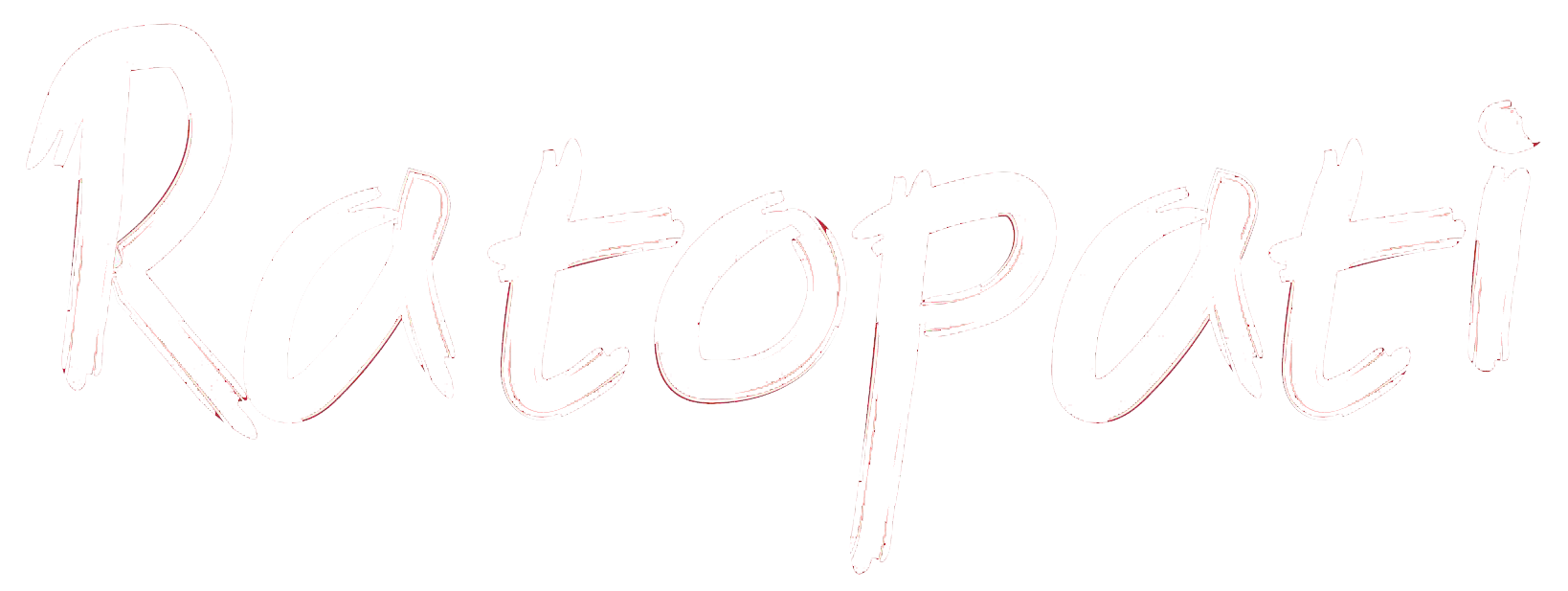Special Feature: Five fundamental facts about Mahaguru Phalgunanda

Kathmandu - Birat Anupam Itahari, Nov 10 (RSS): Today marks the 136th birth anniversary of Nepal's great personality Mahaguru Phalgunanda. On this occasion, millions of admirers and devotees are talking about Phalgunanda from different corners of the planet. Admirer includes Nepal's Prime Minister. At 9:12 in the morning Prime Minister KP Sharma Oli twitted, ''I express my high respect on the occasion of 136th birth anniversary of Nepal's national luminary, social reformer Great Guru Phalgunanda.
'' However, some critics of Phalgunanda make negative opinions about Phalgunanda linking his cultural teaching, preaching and rituals to a Hindu sect named Josmani. It is said that he was inspired by a famous Josmani Guru named Madhunanda in the then Burma (Myanmar). In spite of his early touch to the Hindu sect, as alleged by his critics, Phalgunanda has developed his own cultural ideology named 'Satyahang' which loosely translates as a path of truth seeking.
Born as the third child of the lower middle class Limbu family of Mangsebung (erstwhile Chukchinumba) of Ilam district on 10 November 1885, he breathed his last as Great Guru Phalgunanda on 4 April 1949 at Imbung and was cremated at Silauti of Panchthar district. Here are five fundamental facts about Phalgunanda.
British Gurkha solider in the prime youth Phalgunada, in his young age, fought in erstwhile Burma (now Myanmar) on behalf of British India as Nepali Gurkha soldier in the First World War which was started from 1914 to 1918. It is said that he spent a decade in the British India as Gurkha soldier. Social campaigner and reformer Phalgunanda, having seen tragedies of war and violence as well as social backwardness, carried out some outstanding social campaigns.
It was during Rana Oligarchy in Nepal when education and social mobilization was restricted. He advocated to end alcoholism and inspired folks to pursue the path of truth from his cultural ideology. His most noted and praised social campaign was the gathering of indigenous scholars of 'Dash Limbuwan Satra Thum' of east Nepal. The gathering was held at Lobrekuti of Panchthar on 6 May 1931 (1988 BS Baisakh 24). The great and first-of-its-kind gathering in Nepal proclaimed seven-point declaration for social cohesion and peace.
Nepal's veteran poet and famous scholar Bairagi Kainla, who had met Phalgunanda just a year before his death, has also praised Phalgunanda. In his interview to Raman Ghimire for Nepal Magazine on 27 June 2018, he said, ''Phalgunanda brought in a great cultural- educational revolution. This increased attraction to our script and language.
'' Promoter of Kirat religion and Sirijunga script Escaping the predatory eyes of the authoritarian Rana regime, Phalgunanda promoted Mundhum, a great holy book of Kirati people, and he extensively used Sirijanga script, an indigenous scripture of Nepal. He campaigned a lot to promote Kirat religion, Nepal's fourth largest religion based on latest decennial census of 2011. His followers still religiously identify themselves as 'Kirat'. According to his admirers, he was arrested twice for these works by the Rana regime. His names listed in the catalogue of national luminary, postal stamp and public holiday Phalgunanda is among 16 luminaries of Nepal.
He shares the luminary list with Gautam Buddha, King Janak, Sita, Amshuverma, King Ram Shah, Amar Singh Thapa, Pasang Lhamu Sherpa, Balbhadra Kunwar, Bhimsen Thapa, Araniko, King Prithvi Narayan Shah, King Tibhuvan Shah, Bhanubhakta Acharya, Motiram Bhatta and Shankhadhar Sakhwa. He was declared luminary by the then Nepali Prime Minister Madhab Kumar Nepal on 1 December 2009.
Before this, postal stamp of Phalgunanda was issued and brought into use from 1993. Likewise, in his first premiership, PM KP Sharma Oli in 2015 decided to give public holiday on the occasion of the birth anniversary of Great Guru Phalgunanda. In addition, Province-1 Government also gives public holiday on the birth anniversary of Great Guru Phalgunanda. The personality behind promotion of Kumbhakarna mountain Mount Kumbhakarna is the 32nd tallest mountain in the world.
This 7,710-metres-tall mountain got its limelight among commoners after Phalgunanda extensively promoted it as Holy Mountain for indigenous Limbu people. Some of his devotees wrongly believe that it was Phalgunanda who scaled this mountain for the first time. However, mountaineering history says it was scaled for the first time only after 12 years of the demise of Phalgunanda on 28 April 1962. An expedition led by Lioneal Terry, one of the first men to scale Mt. Makalu on 15 May 1955, had scaled Kumbhakarna.
Rene Desmaison, Robert Paragot, Paul Kellar and Sherpa guide Gyalzen Mitchu jointly scaled this mountain for the first time. Expedition leader Terry has briefed about this historic ascent in his autobiographical book titled 'Conquistadors of the Useless'.
This book, which was published on 19 September 1965 by Gollancz Publication of UK, is categorized as one of the '100 adventure books of all time' by National Geographic Adventure Magazine. Every year devotees of Phalgunanda frequent this mountain to pay homage to both the mountain and Phalgunanda. Kumbhakarna is called 'Phoktanglung' in Limbu language and is also referred as 'Jannu' by foreigners.










Leave Comment